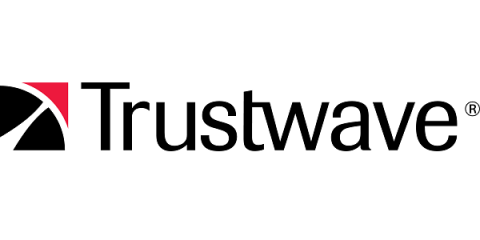Newly minted filters, improvements to bulk actions, and SSL assessments
Remediating vulnerabilities efficiently is the cornerstone of a great vulnerability management program. Prioritizing becomes paramount as resources are often limited. Sometimes teams might pinpoint specific vulnerability types that are particularly risky for their attack surfaces, such as a misconfigured Amazon S3 bucket or even a new XSS vulnerability. Users can now filter the /Vulnerabilities view by title, such as a specific type of XSS or even the CVE name.










